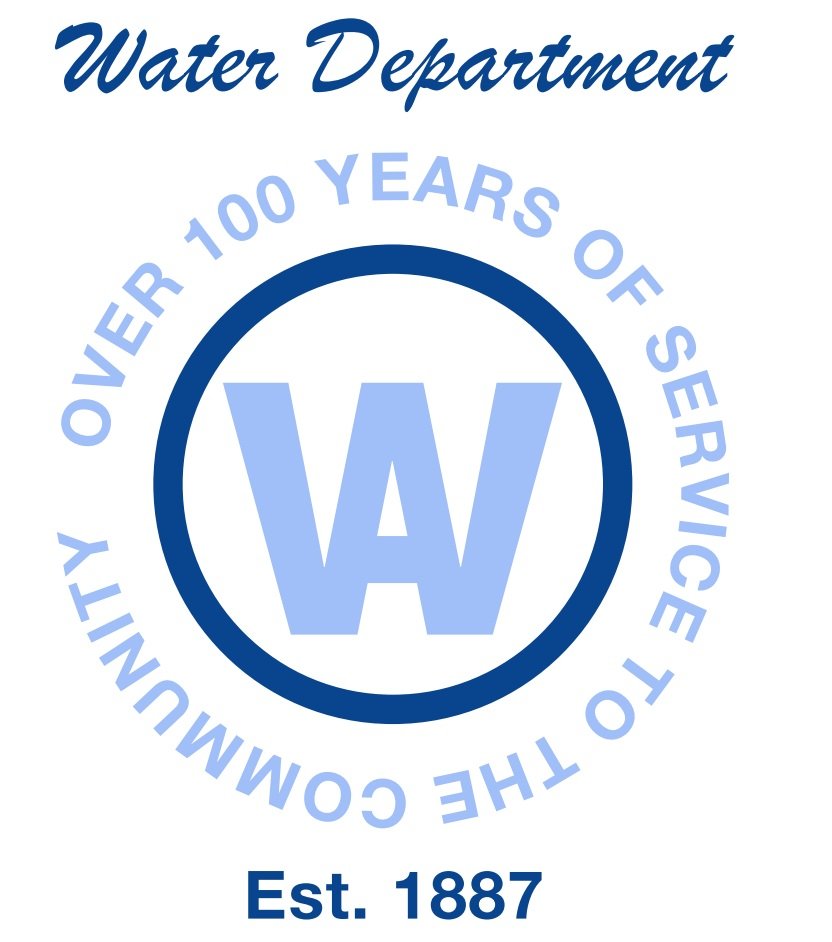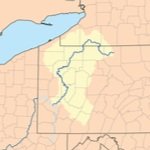Where Does My Water Come From?
The Municipal Authority of the Borough of Oakmont customers are fortunate because we enjoy an abundant water supply from the Allegheny River. The Hulton Purification Plant draws water from the Allegheny River. This river is constantly being replenished from various reservoirs to our north, including the Kinzua Dam and Allegheny Reservoir, Tionesta Lake, East Branch Clarion River Lake, Mahoning Creek Lake, Crooked Creek Lake, Conemaugh River Lake, and Loyalhanna Lake, along with underground sources and numerous small creeks and springs. Altogether, our treatment facility provides roughly two billion gallons of clean drinking water every year.
How is My Water Treated & Purified?
The treatment process consists of a series of steps. First, raw water is drawn from the Allegheny River where sodium permanganate is immediately added to help in controlling taste, odor, iron, manganese, and disinfectant by-products. Then, it is pumped to mixing tanks where carbon, polyaluminum chloride, and soda ash are added. The addition of these chemicals cause small particles to adhere to one another (called "floc"). Fluoride is added to prevent tooth decay and chlorine for disinfection. After water is mixed, it travels to the sedimentation basin where the heavier particles and floc settle out and sediment is removed by mechanical scrapers. The cleanest water is skimmed from the top of the basins and travels to the top of the filters where it passes through layers of fine coal, silicate sand, and gravel. As the smaller, suspended particles are removed, clear water flows into underground storage chambers. Chlorine is added again for disinfection along with phosphate for corrosion control. Before water leaves the treatment plant, sodium hydroxide is added to raise the pH to the desired level and ultraviolet disinfection is used to inactivate any potential remaining microbiological contaminants, such as cryptosporidium parvum and giardia. From March through November, we also add small amounts of ammonia to the water which forms chloramines that help in reducing disinfectant by-products.


